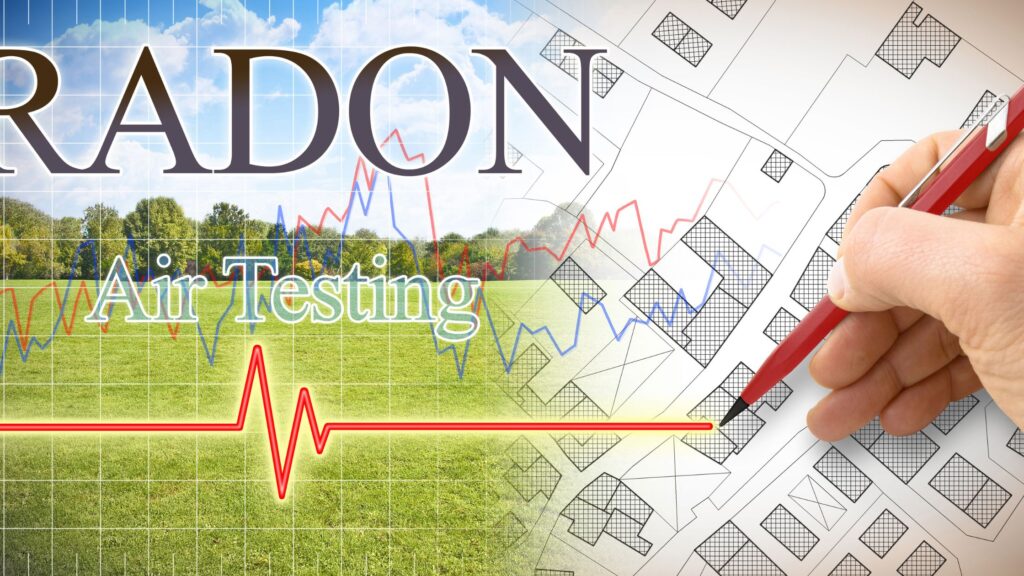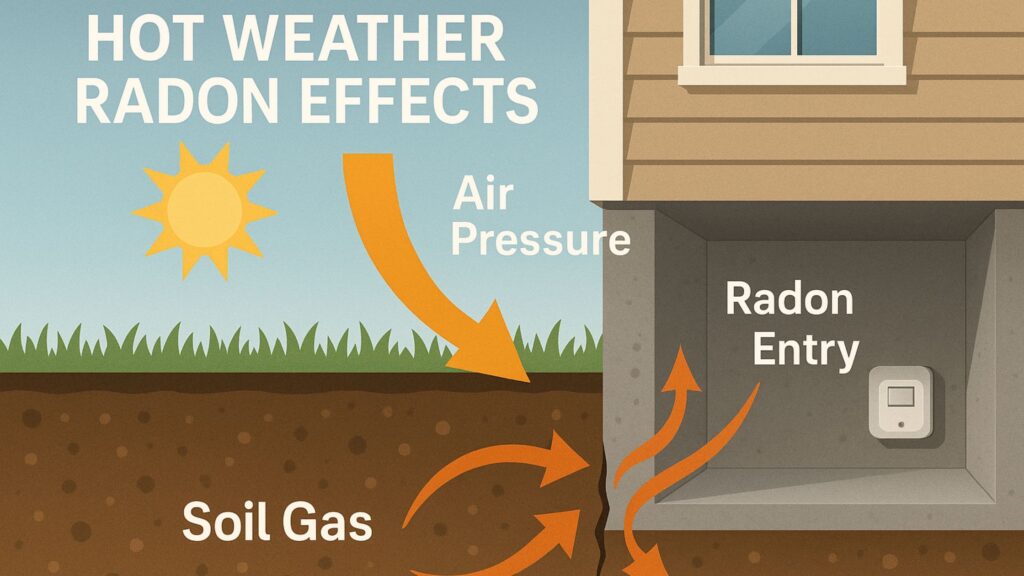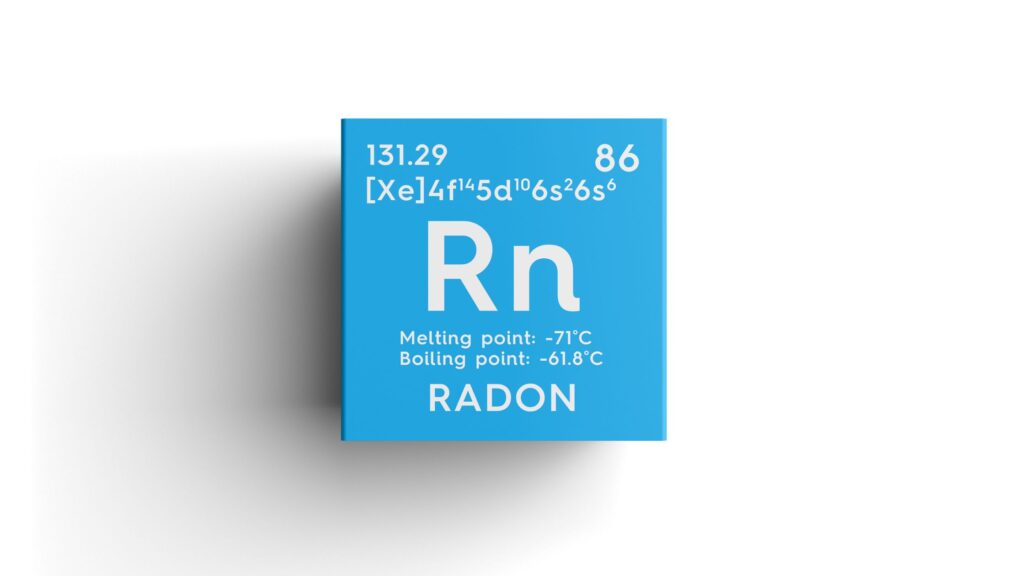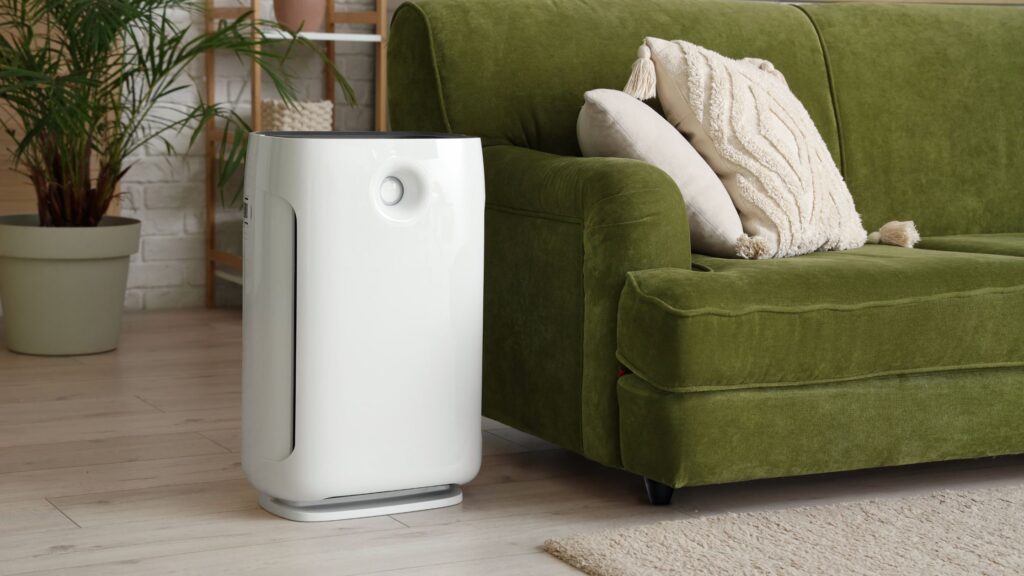Waterborne radon is an invisible yet potentially dangerous contaminant found in private wells and groundwater systems. Without proper detection and treatment, it can pose serious health risks to residents. Fortunately, modern waterborne radon treatment methods offer effective solutions for keeping your water safe and compliant with health standards.
In this article, we will explore what waterborne radon is, how it enters your water supply, the treatment process, and why choosing a trusted professional is essential for long-term safety.
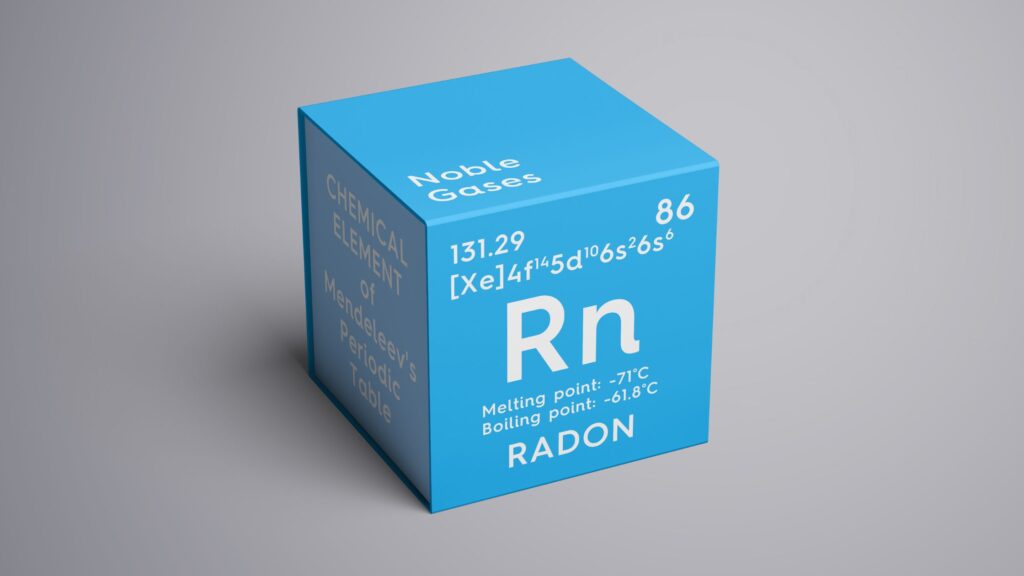
What Is Waterborne Radon?
Waterborne radon is a naturally occurring radioactive gas that dissolves into groundwater from surrounding rock and soil. When this water is used in the home, radon can escape into the air during activities like showering, washing dishes, or doing laundry.
Unlike airborne radon, which enters directly through foundation cracks, waterborne radon travels via your plumbing system before becoming part of your indoor air. Addressing it requires a specialized waterborne radon treatment system tailored to your property’s needs.
Radon is odorless, colorless, and tasteless, making it undetectable without proper testing. This invisible nature makes early detection and mitigation even more critical for protecting your family. Learn more about Radon Testing Costs.
How Waterborne Radon Contamination Happens
Radon forms naturally when uranium in rocks and soil breaks down. This gas can seep into aquifers and wells, binding with water molecules. Homes and facilities that rely on private wells are at higher risk, especially in areas with granite or uranium-rich bedrock.
Once inside your plumbing, waterborne radon can elevate indoor radon levels, compounding the risk of lung cancer and other health concerns. This is why health experts recommend testing not just your indoor air, but also your water supply.
Key Health Risks Associated With Waterborne Radon
While radon in water poses some ingestion risk, its main danger lies in the gas it releases into the air. Prolonged exposure to high radon levels is the second leading cause of lung cancer in the United States.
The U.S. Environmental Protection Agency (EPA) recommends mitigation if waterborne radon levels exceed 4,000 pCi/L. An effective waterborne radon treatment system ensures these levels are reduced well below safety thresholds, minimizing both inhalation and ingestion risks.
How Waterborne Radon Treatment Works
Professional waterborne radon treatment follows a proven, step-by-step process to ensure safe and reliable results.
Step 1: Testing and Diagnosis
Specialized testing determines radon concentration in your water supply. This step is critical for understanding whether treatment is necessary and what type of system will be most effective. Without testing, you may never know the true extent of contamination.
Step 2: Customized Treatment Planning
Based on test results, experts design a system tailored to your water usage, radon levels, and plumbing configuration. The most common method is granular activated carbon (GAC) filtration for low-to-moderate levels, and aeration systems for higher concentrations. Professionals select the most efficient approach to deliver consistent results.
Step 3: Installation of Treatment Systems
Professionals install the chosen system, ensuring it integrates seamlessly with your existing plumbing. Aeration units work by bubbling air through the water to release radon gas before venting it safely outside, while GAC systems trap radon particles in specialized carbon media.
Step 4: Maintenance and Monitoring
Regular inspections and maintenance keep the system operating at peak efficiency. For GAC filters, periodic replacement is necessary to prevent the re-release of trapped radon. Aeration systems require cleaning, performance checks, and occasional part replacements to ensure reliability.
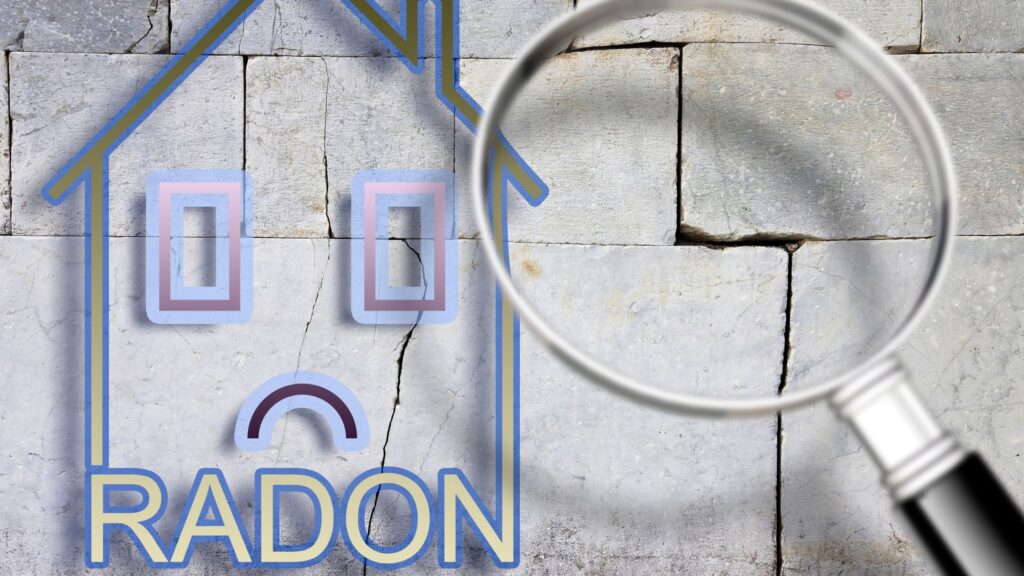
Benefits of Professional Waterborne Radon Treatment
- Enhanced Safety – Significantly lowers both waterborne and airborne radon exposure.
- Regulatory Compliance – Meets EPA and local health department guidelines.
- Customized Solutions – Tailored to your water source and home setup.
- Long-Term Reliability – Professionally installed systems last longer and perform better.
- Peace of Mind – Knowing your water is tested, treated, and monitored effectively.
- Improved Indoor Air Quality – Reduces radon released during daily household water use.
Safety Standards and Compliance
The EPA and various state agencies set strict guidelines for radon levels in water. Professional waterborne radon treatment ensures compliance by implementing systems designed and tested to meet these standards. Licensed radon mitigation specialists follow certified installation protocols to safeguard both water quality and indoor air.
Meeting these standards not only protects your health but also adds value to your property by ensuring it meets environmental safety requirements.
Smart Practices to Reduce Radon Risk
- Test your water annually if you rely on a private well.
- Use only certified radon testing kits or professional testing services.
- Maintain your treatment system according to manufacturer and installer guidelines.
- Keep records of all test results and maintenance visits.
- Address both waterborne and airborne radon for complete home protection.
- Educate household members about the importance of radon safety.
Conclusion
Waterborne radon is a silent but serious threat that requires prompt attention. By investing in professional waterborne radon treatment, homeowners can protect their health, comply with safety regulations, and enjoy cleaner water every day. The process, from testing to installation and ongoing maintenance, ensures you have a lasting safeguard against contamination.
For trusted testing, customized solutions, and expert installation, visit DSM Radon. Their team specializes in comprehensive radon mitigation services that safeguard both water and air quality in your home or business.
FAQs
1. How does waterborne radon enter my home?
It seeps into groundwater from natural rock formations and enters your plumbing through a private well or other water source.
2. What is the most effective waterborne radon treatment method?
Aeration systems are the most effective for high concentrations, while GAC filtration works well for lower levels.
3. How often should I test my water for radon?
Annual testing is recommended, especially for private wells in high-radon areas.
4. Can I remove waterborne radon myself?
DIY methods are ineffective and unsafe. Always use a certified radon mitigation professional.

